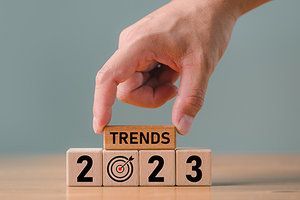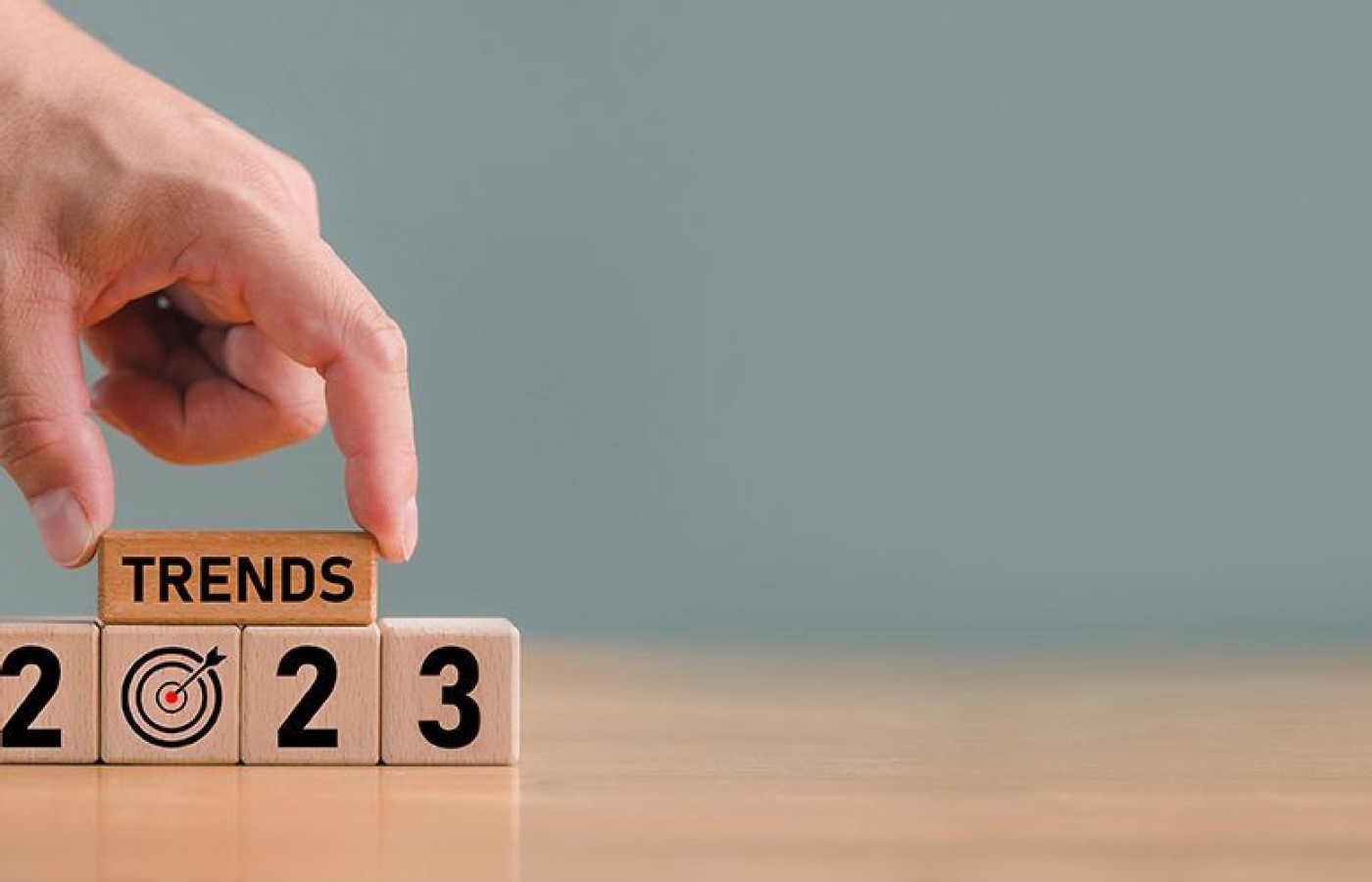You became a chiropractor to serve people, not an insurance company. You deserve to run a business that aligns with your values, supports your family and lights you up. Cash-based care isn’t just a pricing model – it’s a philosophy rooted in freedom, trust and respect for your patients and for yourself. Here's why - and how - to do it.
Take a Ride Into the Future - It's Almost (Already?) Here
It's easy to talk about the obvious top trends for 2023, such as wearable technology, group training and a few others, but let's move beyond the trendy wearables, etc., and explore my view of the bizarre and futuristic, yet entirely plausible practice for you, the doctor of chiropractic, in 2023 and beyond.
What's Already Here
I've seen some of the future cutting-edge technology on stages, in hospitals and while talking to CEOs around the globe. It makes perfect sense. After all, as part of my home health gadgets, I already have air filters, ionizers, a mattress cover that controls the temperature of my bed, another mattress cover that eliminates electric magnetic frequencies (EMFs), electric muscle stimulators, blood-flow restriction cuffs, photobiomodulation, vibration this and that, a brain entrainment device, a lymph system device, a wearable heater, a sauna, a VR device, a vagal nerve stimulator, a smartphone and smart ring, an assortment of bands and weights, along with other "stuff."
Artificial Reality / Virtual Reality
AR "augments us"
VR "transports us"
VR is closer and closer to getting in our hands and enhancing our practices. It is already amazing for health care, performance optimization, physical therapy, sports training and whatever else you can imagine. It is immersive. The brain thinks that what it hears and feels is real.

I have had my brain hacked many times. It is the virtual roller coaster at Disney or the experience of being pushed out of an airplane without a parachute ... and then being saved for a soft ride and safe landing.
Imagine "smart contact lenses" that are invisible computing devices. The contact lenses give you augmented information, helping vision impairments like glaucoma, macular degeneration, trouble seeing in the dark, or reduced ability to see far distances. I certainly look forward to seeing better in the dark; or controlling a page or object with eye tracking.
I already have the ability to look at detailed, accurate and evidence-based 3-D reconstructions of human anatomy on my laptop. Some of you may even be using musculoskeletal diagnostic ultrasound with your smartphones.
Imagine wearing a pair of glasses or contact lenses with some type of sensor on your hands while palpating; and being able to see and feel across the landscape of your patient in real time. Imagine multiple doctors around the globe simultaneously watching your hands-on therapy with digital overlays; the lens projecting what you feel and signaling body temperature at various depths and pressure applied; Doppler and ultrasound images revealing layers of fascia, nerves, bones, etc.
It's a real-time how-to manual right in line of sight. No more guessing at what you are feeling. Seven to eight years ago, Google launched Occulus, but in my opinion, it's disruptive. Soon, glasses will project onto the retina and we will have the "bionic" eye.
Habtics Technology
Habtics technology, also known as kinesthetic communication or 3-D touch, is here. Touchy-feely gloves and exoskeleton suits along with VR goggles provide vibration, a "tap" to the butt, a "bump" to the feet, or a "knock" on the head. It allows people who could not walk get out of a wheelchair and walk again.
Neurorehab just got easier. You and the patient can turn up the force feedback, balance challenges, add in electrical charges and frequency medicine. My advice: Pay a little extra for every kind of sensory stimulator you can imagine – measure electrical changes, EMG, sensory, active motion range of motion, etc. These training tools will improve patient outcomes by targeting muscles and movements, and measuring progress.
Right now, I have various pieces of equipment for sensory and neural flow: light stim, electrical stim, shockwave, temperature changes, body vibration, airflow, etc. In the future, it will be palpation and visual analysis with the 3-D lens, then VR/AR therapy to the patient. But don't worry, our skilled hands will never go out of style!
Holograms We Can Feel
Doctors and students, fast-forward 5-10 years: piezoelectric actuators, your most beautiful office space imagined through VR glasses (one day it's the ocean, the next a forest scape), habtics, non-invasive neural brain interfaces, exoskeletons with a direct-to-market avatar, palpation + optics, a sense of touch and vision like never before, all leading to the meta-humans.
People pay for experiences. Get ready to offer an experience of all five senses "plus" within that metaverse. You can go in and taste the apple and touch the person next to you. You are in that experience. It's a full therapy experience – the physical world and the digital world as a continuum.
Cognitive Enhancement
I've longed for cognitive enhancements in pill form (called nootropics), but learning new skills such as dance, cardio moves, range of motion, gamification, etc., by interactive training circumvents other stuff. Everyone will have access to vocational training, brain training, and sports as a virtual player or as an immersive fan in the VR stadium.
People think the regenerative potential of adult stem cells constitutes one of the greatest discoveries of our time. Nootrophics, understood gene therapy, and personalized diet/nutrition, coupled with a VR and AR world, will stimulate tissue repair and change body renewal for aging.
Telepresence / Remote Collaboration
"Telepresence" and remote collaboration (Zoom, Lenovo, Sales Force, HTC) is turning 2-D into 3-D and making it exponentially more interactive. Once we have full deployment of 5G, it will be easy to put people together in real time to work on data and/or difficult patient cases with a group. It's going to change the world.
Tucker's 2023 Message
All the ingredients are there – they just need to be mixed and baked. It will take time to figure out that perfect recipe. Look at tools that blend the science with your experience, and then add in your patient preferences. Think of all the therapies you want rolled into one. Should you purchase one device / machine now ... or wait?
Tucker's message: Rethink your future business model now. This is going to be an exciting year. Maybe you'll establish partnerships, because I think we'll see more consolidation; larger players are already cutting head counts. Focus on keeping your office profitable and save for some of the technology in biohacking ahead.
Chiropractors will be more relevant to the health care space than ever before you know it. We are slowly moving the focus from sick care to well care.



